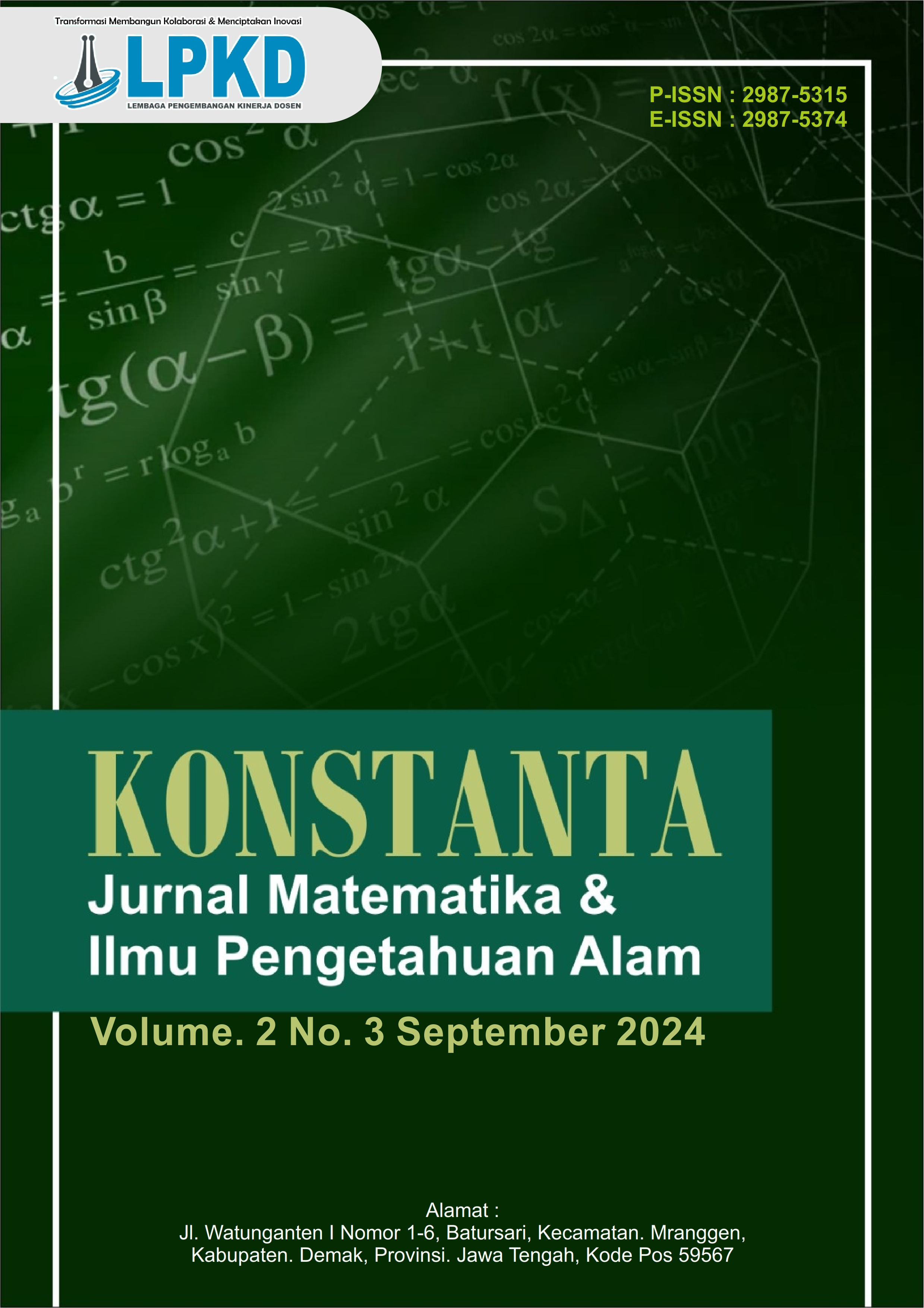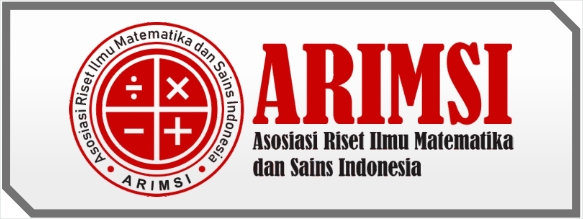Peningkatan Kemampuan Membaca Pemahaman Siswa Kelas III Sekolah Dasar melalui Pendekatan Pembelajaran Inovatif
(Studi pada Siswa SD Negeri Kertawaluya II)
DOI:
https://doi.org/10.59581/konstanta.v2i4.4267Keywords:
Learning, Innovative, Ability, ReadingAbstract
This study aims to analyze the difference in students' reading comprehension ability between innovative and conventional teaching methods. The research uses a quantitative approach with a quasi-experimental design. The sample consists of 30 students, divided into two groups: the experimental group using innovative learning and the control group using conventional learning. Data was collected through a reading comprehension test and analyzed using an independent t-test. The results showed a significant difference between the two groups, with a t-value of 2.419 and a Sig. (2-tailed) value of 0.022, indicating that innovative learning is more effective in improving students' reading comprehension ability compared to conventional learning. These findings suggest that a more interactive and technology-based learning approach can enhance students' understanding. Therefore, innovative learning can be considered more effective in developing students' cognitive abilities.
References
Anderson, R. C., & Pearson, P. D. (1984). A schema-theoretic view of basic processes in reading comprehension. In P. D. Pearson (Ed.), Handbook of reading research (pp. 255-292). Longman.
Ariani, D. W., et al. (2020). Pengaruh pembelajaran kreatif terhadap kinerja akademik siswa. Jurnal Pendidikan dan Pengajaran, 45(3), 221-230.
Daryanto. (2014). Pendekatan pembelajaran inovatif dan kreatif. Gava Media.
Duke, N. K., & Pearson, P. D. (2002). Effective practices for developing reading comprehension. Journal of Research in Reading, 34(1), 205-225.
Fountas, I. C., & Pinnell, G. S. (2017). Guided reading: Responsive teaching across the grades. Heinemann.
Grabe, W., & Stoller, F. L. (2020). Teaching and researching reading. Routledge.
Gunning, T. G. (2010). Creating literacy instruction for all students. Pearson Education.
Jensen, A., et al. (2018). Innovative teaching methods and student engagement: A study in higher education. Journal of Educational Research, 61(2), 189-200.
Joyce, B., Weil, M., & Calhoun, E. (2015). Models of teaching (9th ed.). Pearson.
Jusuf, M., et al. (2017). Pembelajaran konvensional dan pengaruhnya terhadap pemahaman konsep siswa. Jurnal Pendidikan Dasar, 34(1), 105-115.
Lestari, R., & Hidayat, M. (2021). Pengaruh pendekatan pembelajaran inovatif terhadap kemampuan membaca pemahaman siswa. Jurnal Pendidikan Dasar, 12(3), 150-165.
Marzano, R. J. (1992). A different kind of classroom: Teaching with dimensions of learning. ASCD.
Meyer, A., & Rose, D. H. (2005). The future is in the margins: The role of technology and disability in educational reform. CAST.
Narulita, L., et al. (2019). Penerapan pembelajaran konvensional dalam meningkatkan pemahaman siswa. Jurnal Penelitian Pendidikan, 30(2), 145-158.
Paris, S. G., & Hamilton, E. E. (2009). The development of children’s reading comprehension. In S. E. Israel & G. G. Duffy (Eds.), Handbook of research on reading comprehension (pp. 32-53). Routledge.
Piaget, J. (1973). The child's conception of the world. Rowman & Littlefield.
Snow, C. E. (2002). Reading for understanding: Toward an R&D program in reading comprehension. RAND Education.
Tarigan, H. G. (2015). Membaca sebagai suatu keterampilan berbahasa. Angkasa.
Trilling, B., & Fadel, C. (2009). 21st century skills: Learning for life in our times. Jossey-Bass.
Vygotsky, L. S. (1978). Mind in society: The development of higher psychological processes. Harvard University Press.
Yanti, R. (2020). Efektivitas media interaktif dalam meningkatkan minat dan kemampuan membaca pemahaman siswa SD. Jurnal Teknologi Pendidikan, 15(2), 120-130.
Downloads
Published
How to Cite
Issue
Section
License
Copyright (c) 2024 Konstanta : Jurnal Matematika dan Ilmu Pengetahuan Alam

This work is licensed under a Creative Commons Attribution-ShareAlike 4.0 International License.













